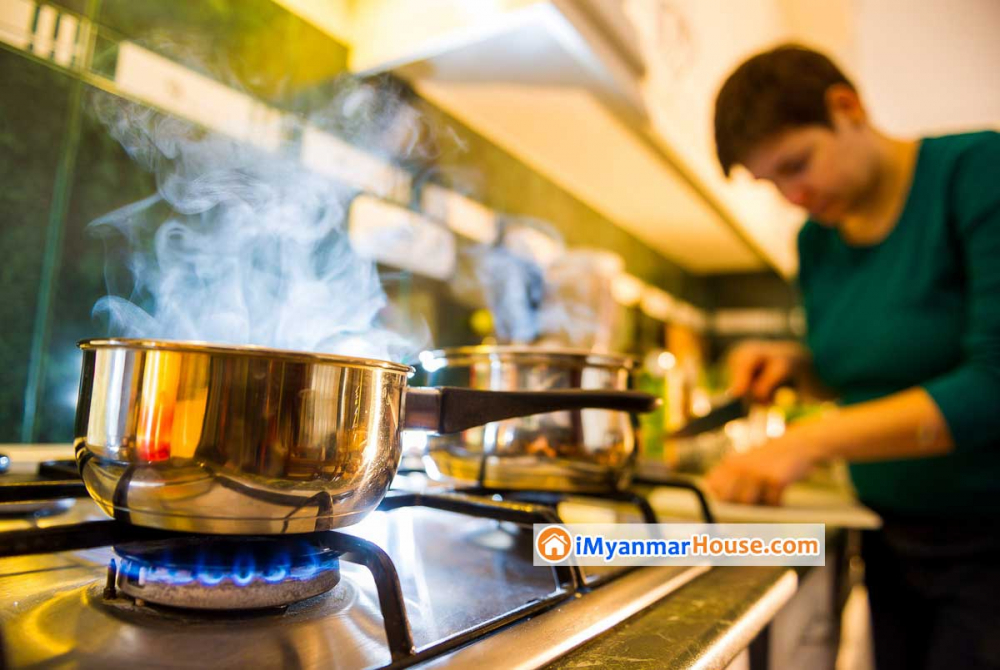
Knowledge | Posted by Shwe Zin Win
The measurable indoor pollutants generated by gas cooktops and ovens are 50-400 percent higher than homes without these types of appliances according to scientists. These emissions occur even when the stove is not in use. How to stay safe if you have children or a pre-existing respiratory condition.
These types of appliances have been in widespread use in Europe and the United States since early in the last century. Hence, most people consider them safe due to longevity alone.
But, is this really true?
Some new studies of indoor air pollution triggered by gas stove use give reason for a rethinking of gas-based appliances.
Homes with Gas Stoves Have Significantly Dirtier Indoor Air
According to a May 2020 review by the Rocky Mountain Institute, homes that use gas stoves have indoor air that is 2-5 times dirtier than outdoors.
Shockingly, this new review actually brings together decades of scientific research demonstrating that toxic pollutants are released when gas stoves are in use. These emissions absolutely have a negative impact on human health.
And, with people spending more time and cooking more meals at home, the risks from gas stoves are greater than ever.
Types of Pollutants
There are three types of pollutants released by gas stoves.
Nitrogen dioxide (NO2)
Carbon monoxide
Particle pollution
Exposure is particularly devastating for children and those living in smaller or older homes with less square footage and/or poorer ventilation.
Health Impacts of Gas Stoves
Nitrogen dioxide, the primary gas stove pollutant produced both on the cooktop and oven has the potential to trigger the following health effects, particularly in children:
Increased risk of childhood asthma (both current and lifetime)
Aggravated respiratory symptoms (wheezing, coughing, chest tightness, difficulty breathing)
Irritated airways
IQ learning deficits
Increased susceptibility to lung infections
Deleted tissue antioxidant defenses (which protect the respiratory tract)
Changed lung function
Cardiovascular effects
Increased susceptibility to allergens
There are three reasons why children are more susceptible to air pollution from gas stoves than adults.
First, children have higher rates of breathing and are generally much more physically active.
Secondly, their respiratory and immune systems are still developing.
Third, their bodies are smaller. Hence, children have a higher lung surface to body weight ratio than adults.
Ref: Respiratory Risks of Gas Stoves (even when not in use) (thehealthyhomeeconomist)









